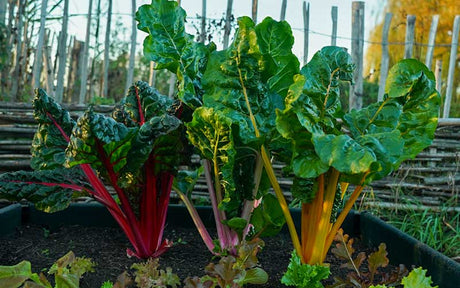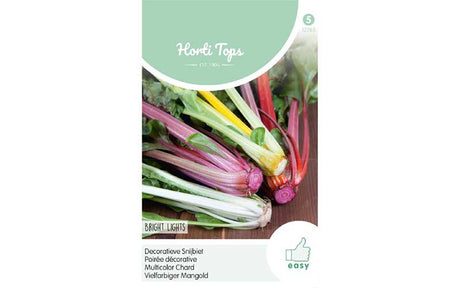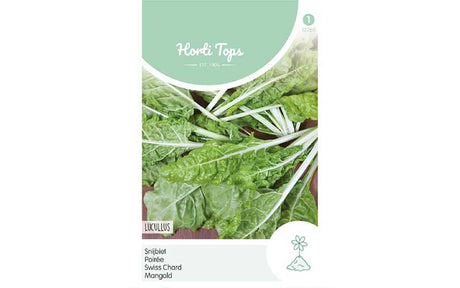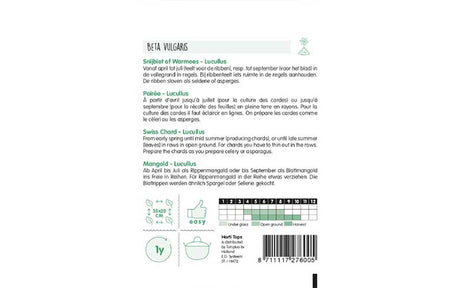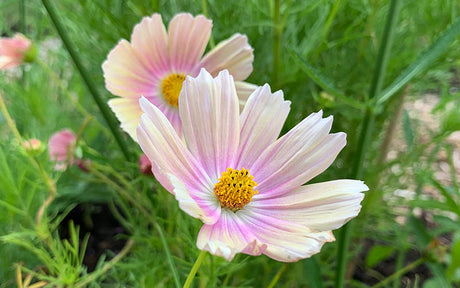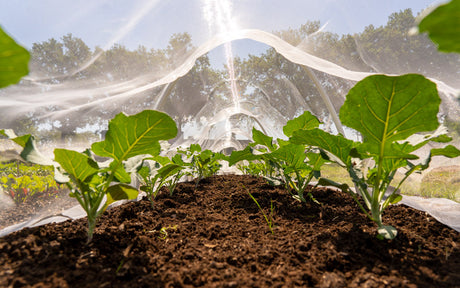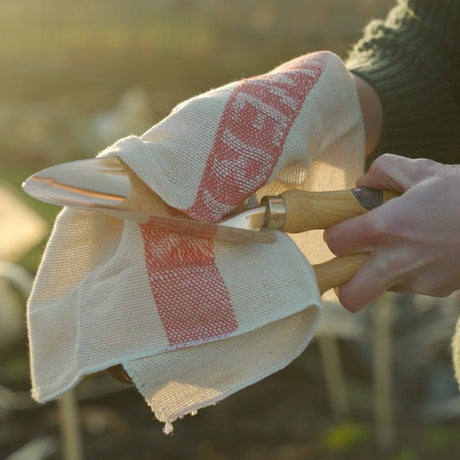Swiss chard, with its brightly colored stems and large, lush leaves, offers a dual appeal of beauty and taste. Easy to grow and resilient, Swiss chard can be a fantastic addition to your garden, thriving in both cool and warm weather. Explore our tips to grow this nutritious green effectively, enhancing your garden's visual appeal and your dining table with its mild, earthy flavor.
Cultivate Colorful Swiss Chard for Nutritious and Flavorful Greens
Ideal Growing Conditions for Swiss Chard
Swiss chard prefers well-drained soil enriched with organic matter. It thrives in full sun but can tolerate partial shade, which can be particularly beneficial during hot summers to prevent bolting. Swiss chard is adaptable to most garden soils.
Sowing and Planting
Rocket prefers cool to moderate temperatures and can be grown in most temperate regions. It thrives in well-drained soil rich in organic matter. Planting rocket in partial shade can help prevent bolting in warmer weather, especially for the prickly leaf variety which is more sensitive to heat.
Sowing and Care
Sow Swiss chard seeds directly in the garden from early spring to mid-summer. Plant seeds about 1 cm deep and space them 30-40 cm apart, as Swiss chard needs room to expand and develop its leafy canopy. If starting indoors, transplant the seedlings when they have developed several true leaves and the risk of frost has passed.
Watering and Nutrition
Keep the soil consistently moist but not waterlogged. Swiss chard requires regular watering, especially during dry spells, to maintain its rapid growth and prevent the leaves from becoming tough. Supplement with a balanced fertilizer mid-season to support its leaf production, especially if growth seems to slow down.
Harvesting Swiss Chard
You can begin to harvest leaves as soon as they are large enough to eat, typically 45-60 days after planting. For a continuous harvest, pick only the outer leaves, allowing the plant to keep producing new growth from its center. Swiss chard can be harvested throughout the season until the first hard frost.
Pest and Disease Management
Monitor plants regularly for signs of pests such as aphids and beet leaf miners. Natural pest control methods, like introducing beneficial insects or applying neem oil, can effectively manage these issues. Swiss chard can also be susceptible to fungal diseases if conditions are too wet; ensure good air circulation and avoid overhead watering to mitigate this risk.
Culinary Uses
Swiss chard can be used much like spinach or kale in cooking. Its leaves are tender enough for fresh salads when young and can be sautéed or added to soups as they mature. The colorful stems are excellent when pickled or cooked down in stir-fries, adding a crunch and mild sweetness to dishes.


